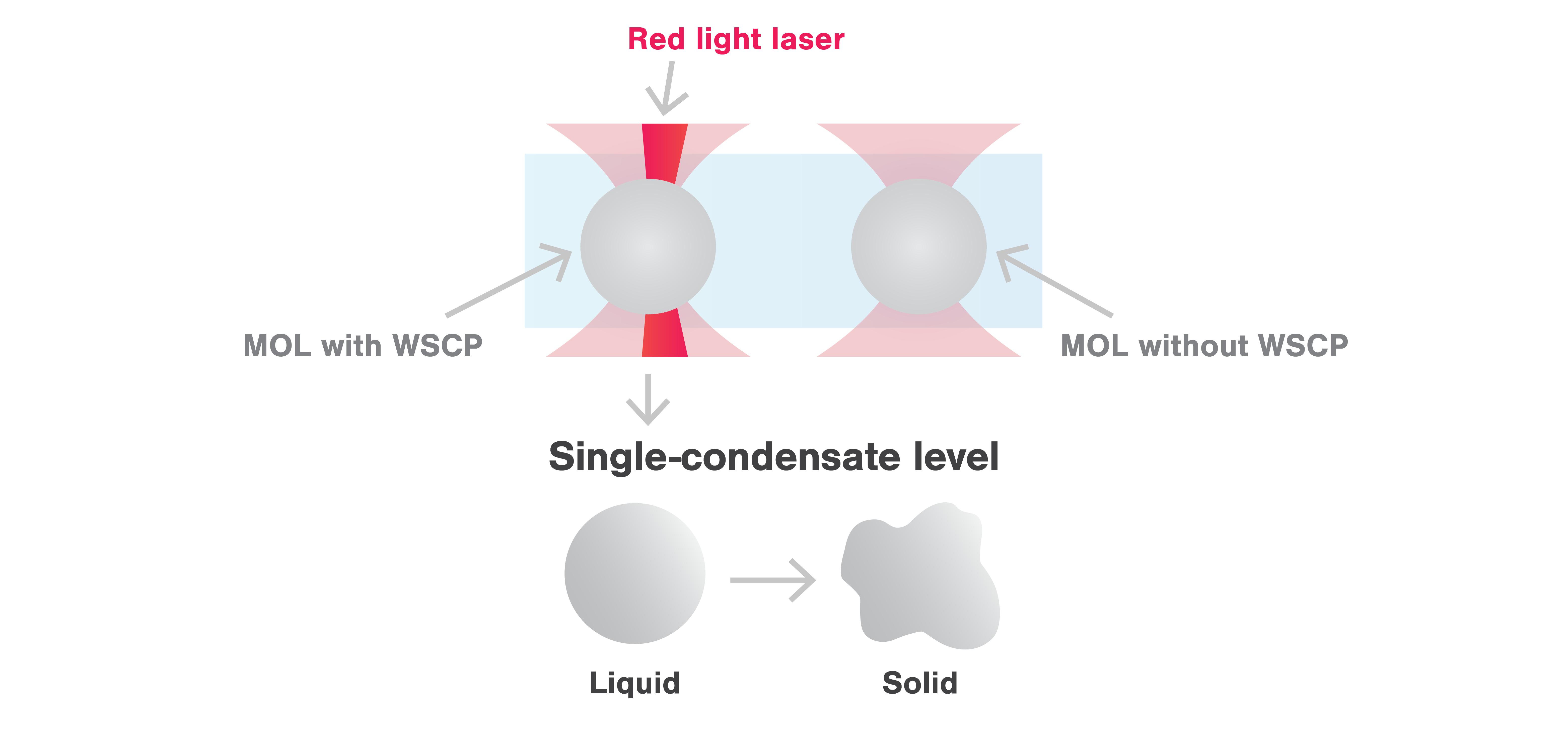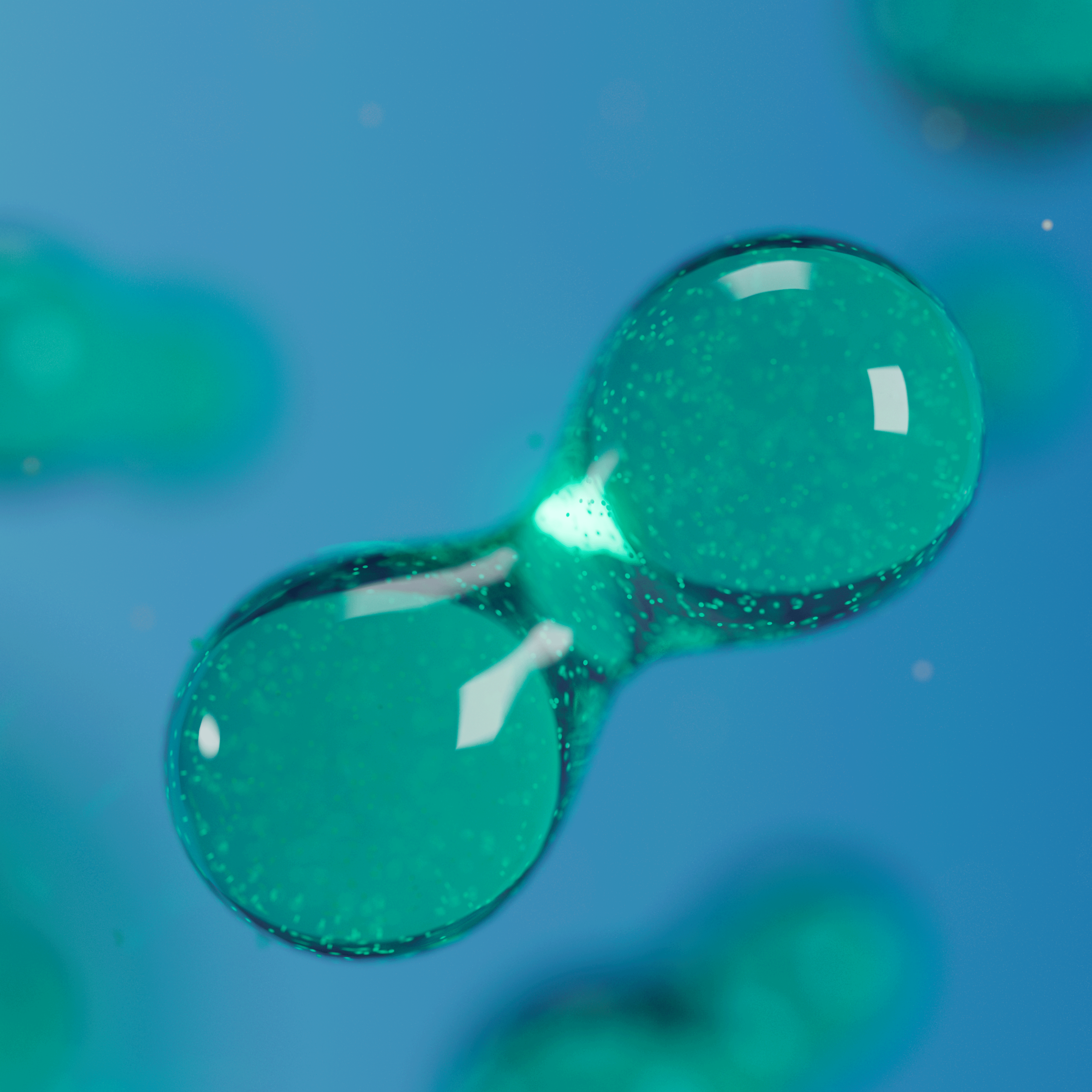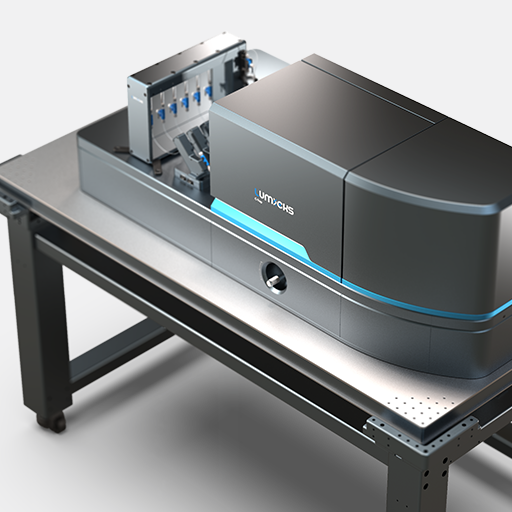Until recently, the understanding of membraneless organelles (MLOs) was hindered by the inability to control their bioactivities in a precise manner. In a recent Nature Communications article from the lab of Huang and Sun, University of Hong Kong, researchers were able to overcome this obstacle by producing synthetic MLOs that can be controlled and altered using red laser light. Experiments using LUMICKS’ m-Trap® were crucial for this study as they allowed direct modification of a single condensate while following the process in real-time.
MLOs form by liquid-liquid separation of bio-molecules and are important for cellular processes as they spatially concentrate compounds while, at the same time, allowing the exchange of molecules. MLOs can shift from a dynamic liquid state to a static solid state as a reaction to environmental stress (i.e., aging) or just over time. These transitional states are thought to be at the basis of aberrant protein aggregation, as seen in Tau pathologies like Alzheimer’s disease and the aging process. However, the mechanisms that underlie MLO functioning remain largely unknown.
To contribute to a deeper understanding of these entities, Li and co-authors engineered synthetic MLOs using water-soluble chlorophyll proteins (WSCPs). WSCPs produce singlet oxygen upon red light exposure, yielding laser-controllable condensates. Hence, exposing MLOs to red light causes oxidative stress and thereby triggers the transition from liquid to solid state.
Using the m-Trap, the researchers were able to manipulate one condensate at a time and visualize the whole process in real-time. To do this, they trapped two identical protein condensates with optical tweezers and exposed only one of them to red light. The triggered transition from liquid to solid was completed within 15s, whereby the non-irradiated condensates remained unchanged in their liquid state.
“These results demonstrated the possibility of optically modulating these protein condensates at the single-condensate level, with high spatio-temporal precision”, the authors point out.
In this study, Li and co-workers were able to build a synthetic MLO system that can be manipulated to mimic physiological and pathological cellular processes. Notably, the state transition occurs via oxidative crosslinking, a process that plays an important role in aging and nerve degeneration. The fast timespan of the transition contributes to the advantage of this platform. This system opens the door to study mechanisms such as aging in a controlled environment in vitro as well as in living cells – offering a potential platform for the demystification of biological aging.
For further information about this study, check the paper entitled: “Controlling synthetic membraneless organelles by a red-light-dependent singlet oxygen-generating protein”, published in Nature Communications.
Are you interested in using dynamic single-molecule tools like the m-Trap® or C-Trap® for your research? Do not hesitate to contact us for more information, a demo, or a quote.







